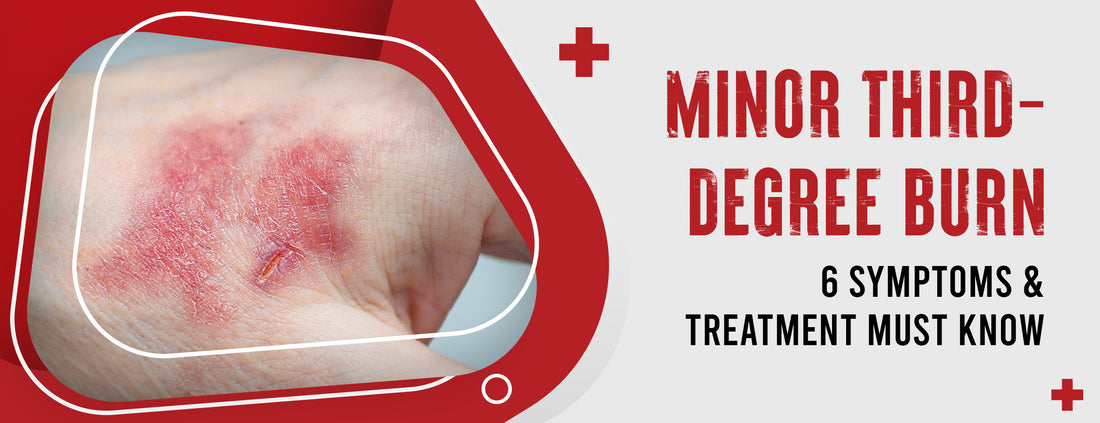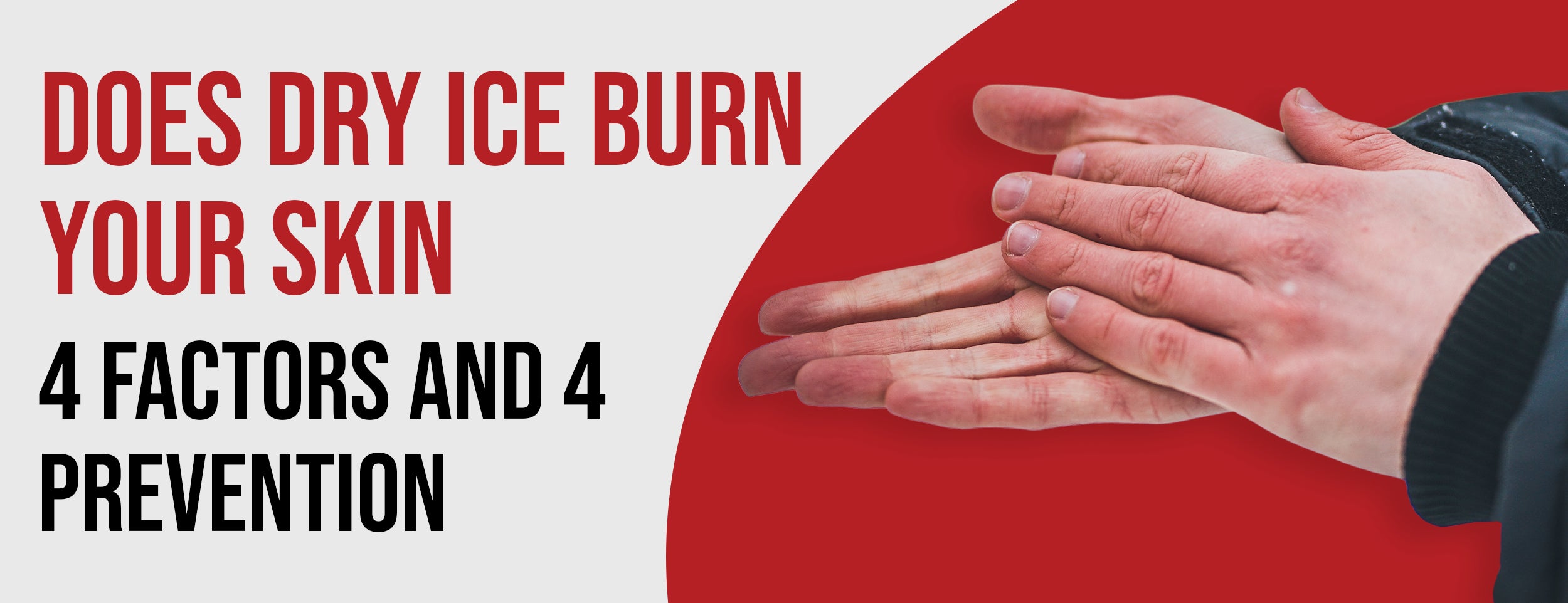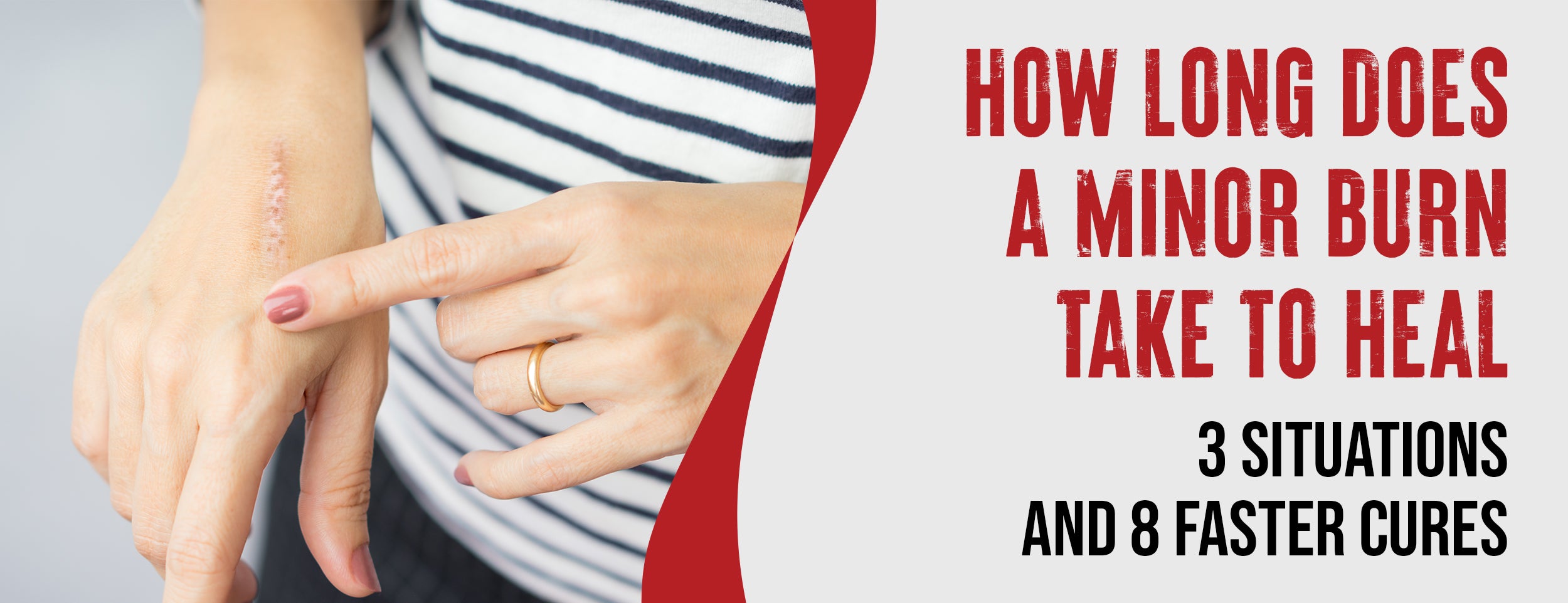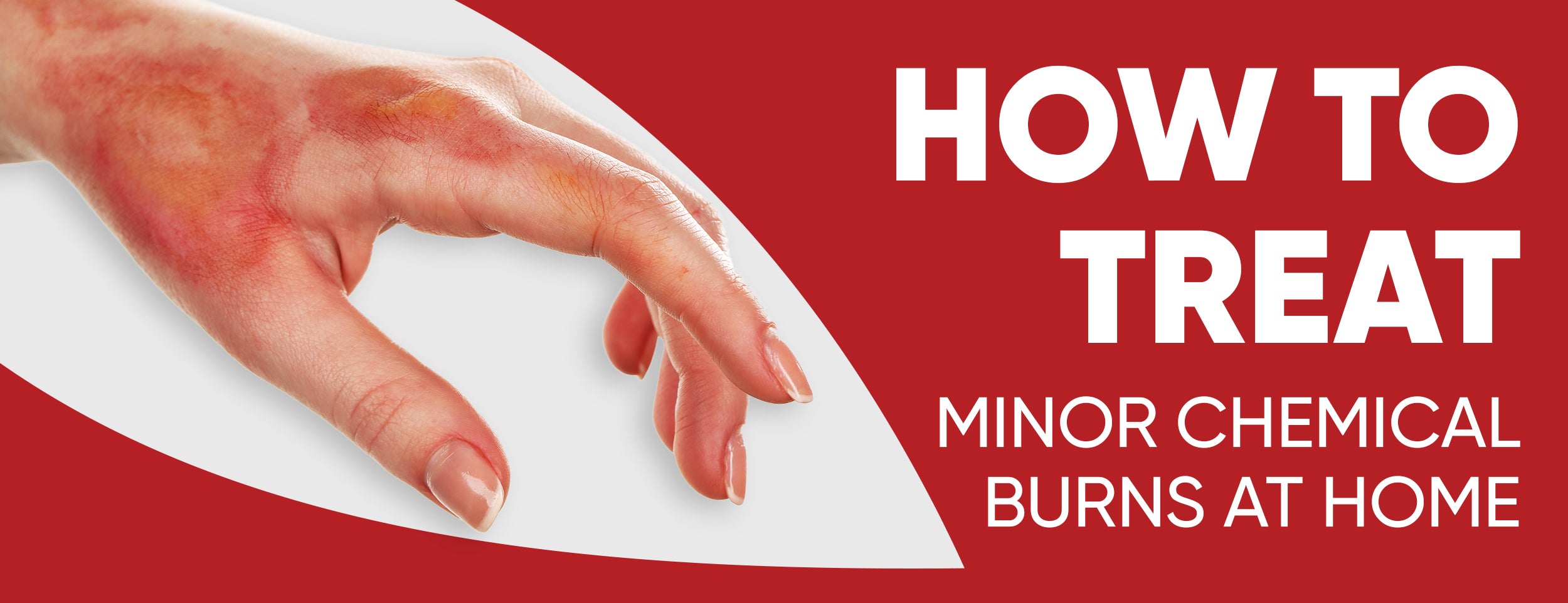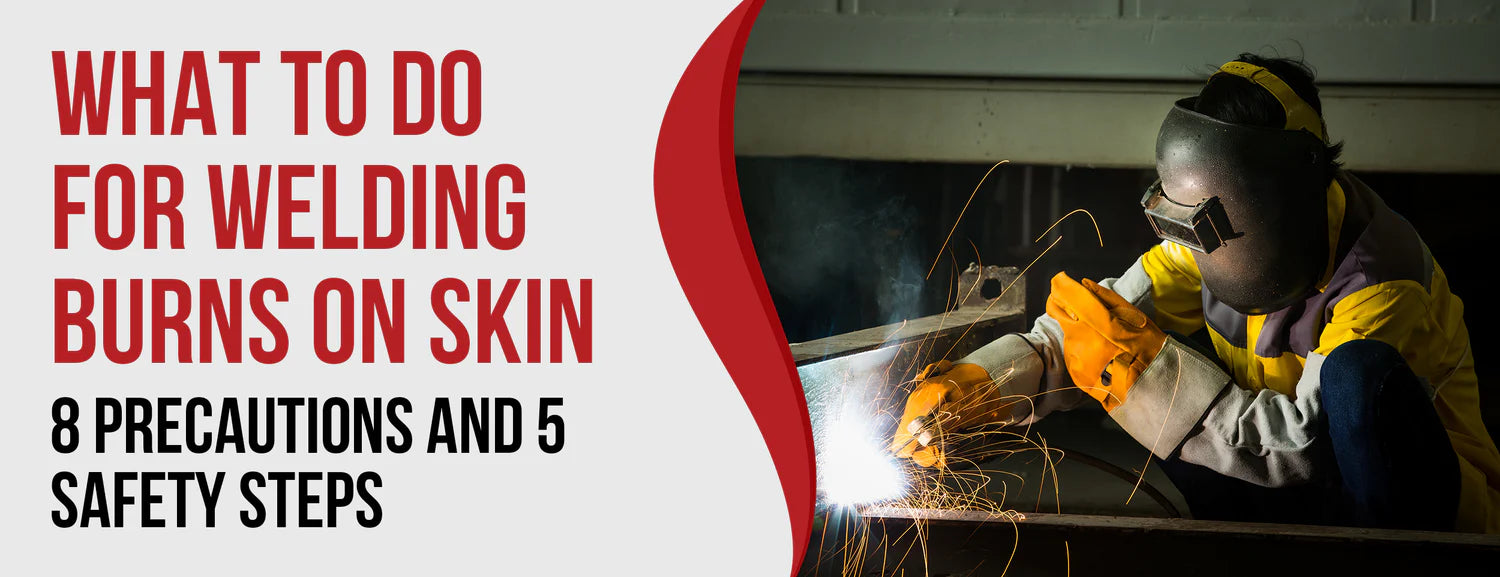Third-degree burns can present serious risks, such as destroying the first three layers of your skin and fatty tissue. While third-degree burns are often associated with severe injuries, a minor third-degree burn is typically less severe, affecting only a small skin area.
While third-degree burns present the greatest risk of complication, it's important to note that even minor third-degree burns require proper treatment and attention. In a minor third-degree burn, only a small portion of the skin is affected, and the injury does not penetrate as deeply as a more severe injury would. This does not mean that the burn is not serious or should be ignored. Even minor third-degree burns can cause significant pain, discomfort, and long-lasting effects on the skin and body if left untreated.
This blog post will discuss everything you need about minor third-degree burns, including their symptoms, treatments, and complications.
Minor Third-Degree Burn: 6 Symptoms

Symptoms of such burns include blistering, swelling, and dry, leathery skin. Burns can be caused by prolonged exposure to heat or contact with hot liquid or oil, flames, or electrical sources.
Pain or Numbness
Third-degree burns can cause pain and numbness, depending on the extent of nerve damage. With minor third-degree burns, a person may experience pain in the affected area, which can be managed with medication. As the nerves are damaged, the person may feel numbness or a lack of sensation in the burned area. Touch and temperature changes may be affected, requiring ongoing treatment to avoid infection.
Charred, Black, or White Skin
When a person sustains a minor third-degree burn, the affected area may exhibit various symptoms. Among these symptoms is a change in the color of the skin, which can range from a dark, charred black to a pale, waxy white. This discoloration results from the burn having destroyed all layers of the skin.
A third-degree burn causes permanent nerve damage, which makes the affected area not hurt. The burned skin may appear leathery or dry and crack or peel over time. A medical professional should treat minor burns of 3 degrees due to their unpredictable nature.

Blisters or Skin Discoloration
- Blisters are a common symptom of minor third-degree burns.
- They develop within hours of the injury and are filled with clear fluid.
- These blisters can be painful and may burst, leading to an increased risk of infection.
- Left untreated, they can cause scarring and take weeks to heal completely.
- In minor third-degree burns, skin discoloration may range from dark brown to deep red.
- This discoloration is caused by damage to the deeper layers of the skin.
- The affected area can be painful and sensitive to the touch.
- As the burn heals, the skin may flake or peel, revealing new skin underneath.
- Sometimes, the skin may become permanently discolored, especially if the burn is severe.
Dry And Leathery Skin

Dry and leathery skin is one of the predominant symptoms of minor third-degree burns that occurs when the top layer of the skin is charred-black and severely damaged. The affected area becomes extremely dry and rough due to significant moisture loss.
The loss of elasticity makes the skin leathery or hard to move. Increasing risk of infection from external pathogens because the skin's barrier function is disrupted. Dryness can cause itching and discomfort, further complicating your recovery.
Inflammation And Swelling
Small burns with third-degree trauma cause inflammation and swelling. This occurs due to damage to the underlying tissue and blood vessels. Affected areas can become swollen, red, and painful as the body's immune system attempts to heal the damaged tissue.
As a result, the affected area has swelling, redness, and warmth. Inflammation and swelling are natural responses to injury and are crucial in healing.
Impaired Mobility or Physical Function
It is common for minor third-degree burns to have impaired mobility or physical function. The effects of minor third-degree burns can also be felt by mobility or physical function, particularly in areas such as the hands or feet. Bones, muscles, and tendons, necessary for movement and function, can be damaged by burns.
The burn can also cause scarring and contractures, which can limit mobility. The individual may inadvertently strain the affected area due to the lack of sensation.
Minor 3rd Degree Burn: 6 Treatment
Treatment is crucial for patients suffering from a minor third-degree burn to minimize psychological problems. The affected area should be cooled immediately for at least 20 minutes with running water.
Emergency First Aid

Minor third-degree burns can often be treated at home through emergency first aid measures. Here are some bullet points
- Remove clothing or jewelry near the burned area to avoid trapping heat.
- Rinse the burnt area with cool water for 10-15 minutes to ease the pain and prevent skin damage.
- Cover the wound with a sterile non-stick bandage or dressing to protect against infection.
- Elevate the affected area to reduce swelling and limit movement to minimize pain.
- Administer over-the-counter pain medication such as Ibuprofen or Acetaminophen to ease the patient's discomfort.
Topical Treatments
Topical treatments are crucial to preventing infections in minor third-degree burns. For at least 10 minutes, wash the affected area with cool running water to remove debris and heat. Next, apply a thin layer of antibiotic ointment, such as bacitracin, to the affected area. A sterile, nonstick bandage protects the burn from contamination and injury.
It is essential to change the dressing once or twice a day, as needed, to keep the area clean and free from infection. Avoid using cotton balls or swabs to prevent fibers from sticking to the wound, which can cause further damage. Third-degree burns require special care and attention to ensure a quick and safe recovery.
Pain Management
It is crucial for individuals experiencing minor third-degree burns to manage pain and promote healing. Pain relievers such as naproxen, ibuprofen, and acetaminophen effectively manage discomfort and inflammation.
Topical creams or ointments containing lidocaine or benzocaine can also relieve burn pain and itching. Cool compresses or aloe vera gel can help soothe the skin and reduce inflammation. Keeping the wound clean and covered with a loose dressing can help reduce pain and prevent infection.
Debridement And Wound Care

Debridement is a crucial part of wound care for minor third-degree burns. It involves the removal of dead or damaged tissue to promote healing and prevent infection. Wound care involves cleaning the wound, applying topical medication, and covering it with a sterile dressing. Antimicrobial dressings can help prevent infection and promote faster healing.
Surgical removal, chemical agents, mechanical removal, and autolytic debridement are all options for debridement. The chosen method will depend on the severity and location of the burn, as well as the patient's overall health. A successful recovery and reduced complications depend on proper wound care.
Skin Grafting
Skin grafting may be necessary to promote healing in severe cases of minor third-degree burns. Skin grafting is used to close or cover minor third-degree burns where the skin has been damaged beyond repair. This procedure involves taking a piece of healthy skin from one part of the patient's body and transplanting it to the affected area. Having healthy cells transplanted into damaged tissue promotes healing and regeneration.
A skin graft is an effective treatment option for third-degree burns because it helps prevent infection and accelerate healing. As such, you should carefully consider the pros and cons before undergoing this procedure, as its risks include bleeding, infection, and scarring.

Rehabilitation And Physical Therapy
People with minor third-degree burns require rehabilitation and physical therapy as part of their recovery. A systematic and structured approach restores strength, endurance, and balance to affected areas. A physical therapist uses targeted exercises and techniques to restore mobility and flexibility to patients.
Occupational therapy can also help individuals return to their daily activities. They educate patients and caregivers on proper wound care and scar management to ensure the best possible outcome. Individuals can regain their independence in daily activities through a comprehensive rehabilitation program.
5 Complications Of Minor Third-Degree Burns
The third-degree burn is the most severe, causing permanent tissue damage. Third-degree burns are considered "minor" but severe injuries that need medical attention. An individual can suffer long-lasting effects from even minor third-degree burns.
Infection

Infections are commonly associated with third-degree burns as they create an open wound susceptible to bacterial invasion. Minor third-degree burns can lead to severe complications if a condition occurs, spreading pathogens throughout the bloodstream (sepsis). The complication of hypovolemia, caused by fluid loss, can also occur with third-degree burns and exacerbate infection symptoms.
Hypothermia may also occur from heat loss from the burned area, contributing to the overall decline in the patient's health. The management of these complications promptly is crucial to preventing further harm.
Scarring
Scarring is a common complication of minor third-degree burns. Scarring occurs in most second-and third-degree burns. These burns can cause long-lasting damage to the skin, resulting in thickened and raised scars despite their relatively mild severity. There can be functional limitations, limitations in range of motion, and even psychological distress from these scars.
Whether scarring occurs depends on the size, location, health, and quality of wound care during recovery. The physical therapist often recommends pressure garments, topical treatments, and more aggressive treatments such as skin grafts or lasers.
Nerve Damage

Nerve damage is a major risk associated with third-degree burns, even minor ones. Nerve damage can cause chronic pain, numbness, and weakness due to minor third-degree burns. The destruction of nerve endings can lead to a total loss of sensation in the affected area. In some cases, nerve endings may never regenerate, causing permanent sensory impairment.
It can impair a victim's quality of life, as they may not feel heat, cold, or pain in the affected area, increasing the risk of infection and further injury. Treating nerve damage in third-degree burn victims is critical for minimizing long-term complications.
Muscle Loss
In the case of minor third-degree burns, muscle loss can be a significant complication. The tissue destruction at the burn site can severely affect the muscular structure, particularly if the burn injury is left untreated. The muscles can weaken severely and atrophy (shrinking) over time, losing strength and flexibility.
Chemicals released during healing can cause muscle tissue breakdown, further aggravating the problem. This can lead to long-term effects on mobility and significant pain and discomfort.

Emotional And Psychological Distress
Though minor third-degree burns aren't life-threatening, they can be emotionally and psychologically draining. Burns can cause patients to lose confidence and self-esteem due to pain, discomfort, and disfigurement. The trauma of the injury and the events leading up to it may cause post-traumatic stress disorder (PTSD).
Survivors may also develop depression, anxiety, and other psychological disorders, including body dysmorphic disorder. Minor third-degree burns require psychological support, counseling, and therapy to address these emotional complications. It is essential to receive proper medical care, rehabilitation, and counseling after minor third-degree burns.
Conclusion
To minimize the risk of complications from minor third-degree burns, seeking prompt medical attention is important. Practicing good burn prevention strategies, such as using protective clothing and taking caution when handling hot objects, can help to reduce the likelihood of burn injuries. When dealing with minor third-degree burns, it is necessary to take precautions and seek medical attention. You should follow The Rule of Nines whenever possible.

